Ville Paananen
Perceptions and Realities of Text-to-Image Generation
Jun 14, 2023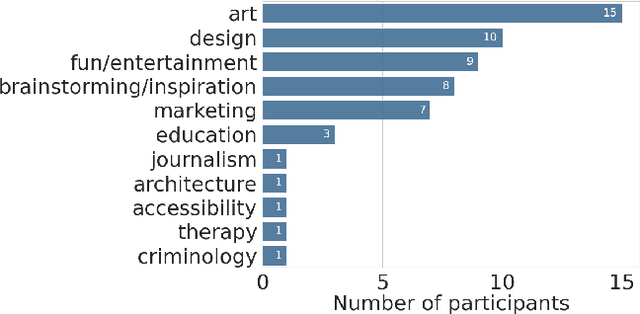

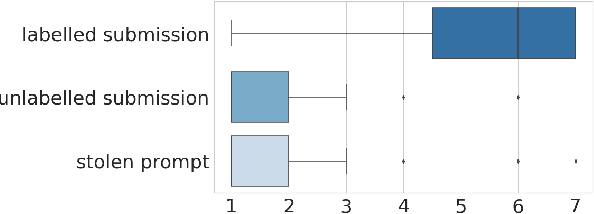
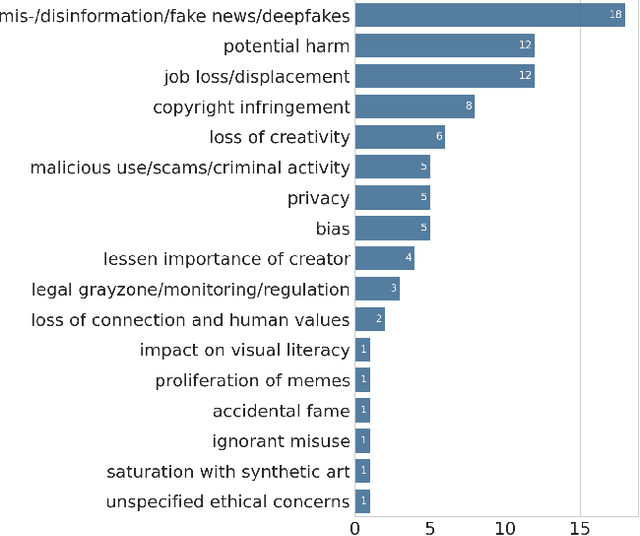
Abstract:Generative artificial intelligence (AI) is a widely popular technology that will have a profound impact on society and individuals. Less than a decade ago, it was thought that creative work would be among the last to be automated - yet today, we see AI encroaching on many creative domains. In this paper, we present the findings of a survey study on people's perceptions of text-to-image generation. We touch on participants' technical understanding of the emerging technology, their fears and concerns, and thoughts about risks and dangers of text-to-image generation to the individual and society. We find that while participants were aware of the risks and dangers associated with the technology, only few participants considered the technology to be a personal risk. The risks for others were more easy to recognize for participants. Artists were particularly seen at risk. Participants who had tried the technology rated its future importance lower than those who had not tried it. This result shows that many people are still oblivious of the potential personal risks of generative artificial intelligence and the impending societal changes associated with this technology.
Using Text-to-Image Generation for Architectural Design Ideation
Apr 20, 2023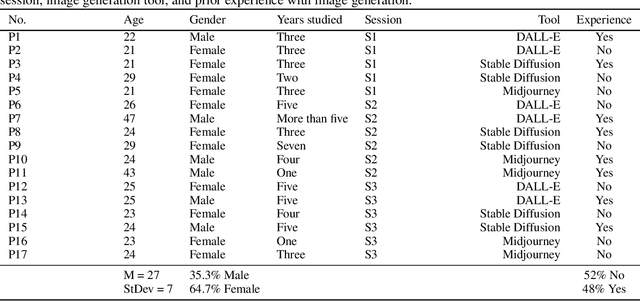
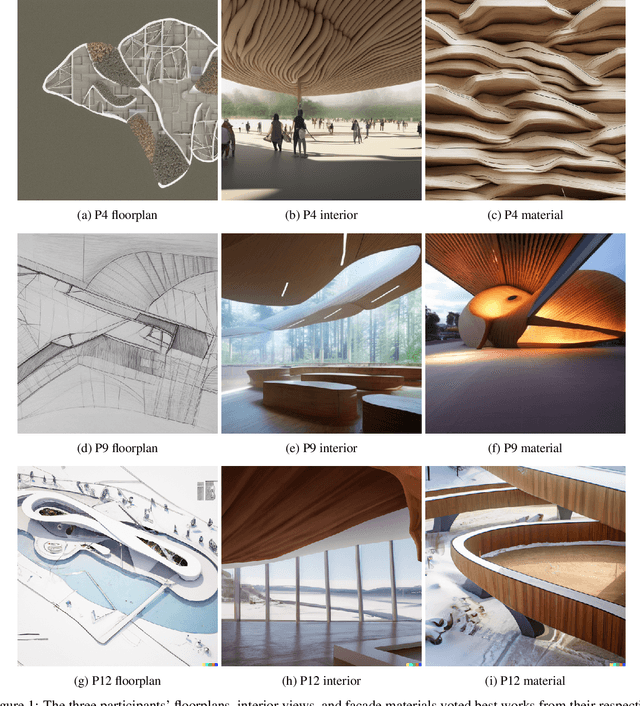

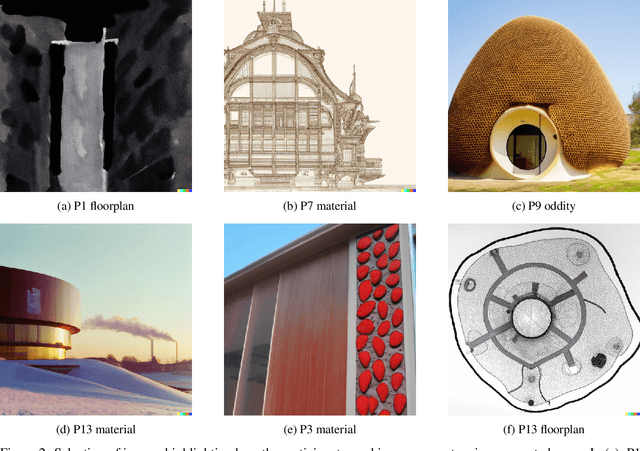
Abstract:The recent progress of text-to-image generation has been recognized in architectural design. Our study is the first to investigate the potential of text-to-image generators in supporting creativity during the early stages of the architectural design process. We conducted a laboratory study with 17 architecture students, who developed a concept for a culture center using three popular text-to-image generators: Midjourney, Stable Diffusion, and DALL-E. Through standardized questionnaires and group interviews, we found that image generation could be a meaningful part of the design process when design constraints are carefully considered. Generative tools support serendipitous discovery of ideas and an imaginative mindset, enriching the design process. We identified several challenges of image generators and provided considerations for software development and educators to support creativity and emphasize designers' imaginative mindset. By understanding the limitations and potential of text-to-image generators, architects and designers can leverage this technology in their design process and education, facilitating innovation and effective communication of concepts.
 Add to Chrome
Add to Chrome Add to Firefox
Add to Firefox Add to Edge
Add to Edge